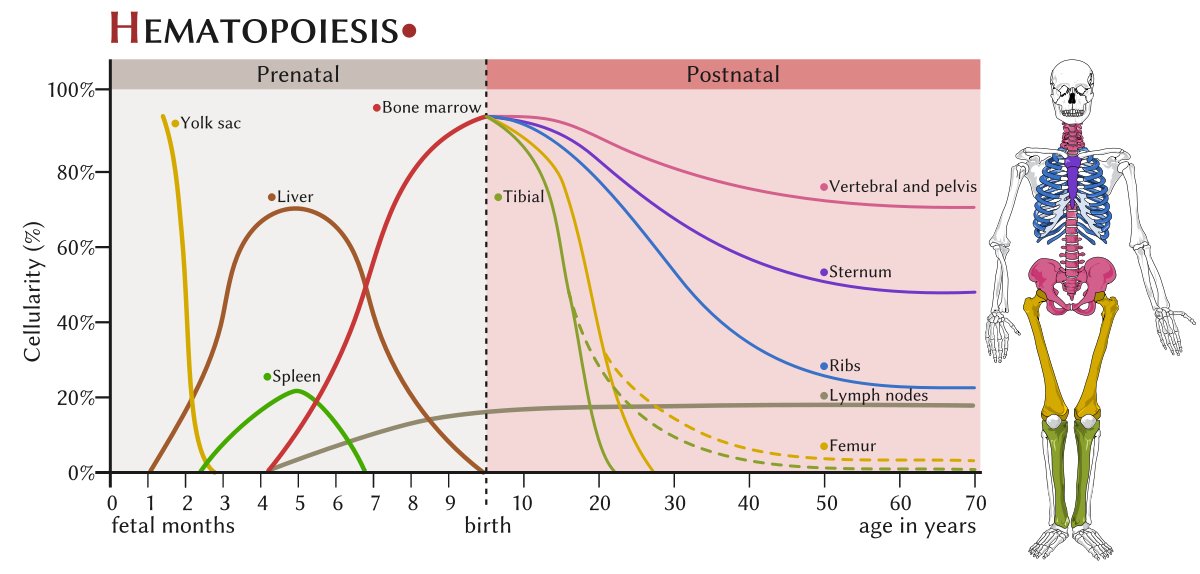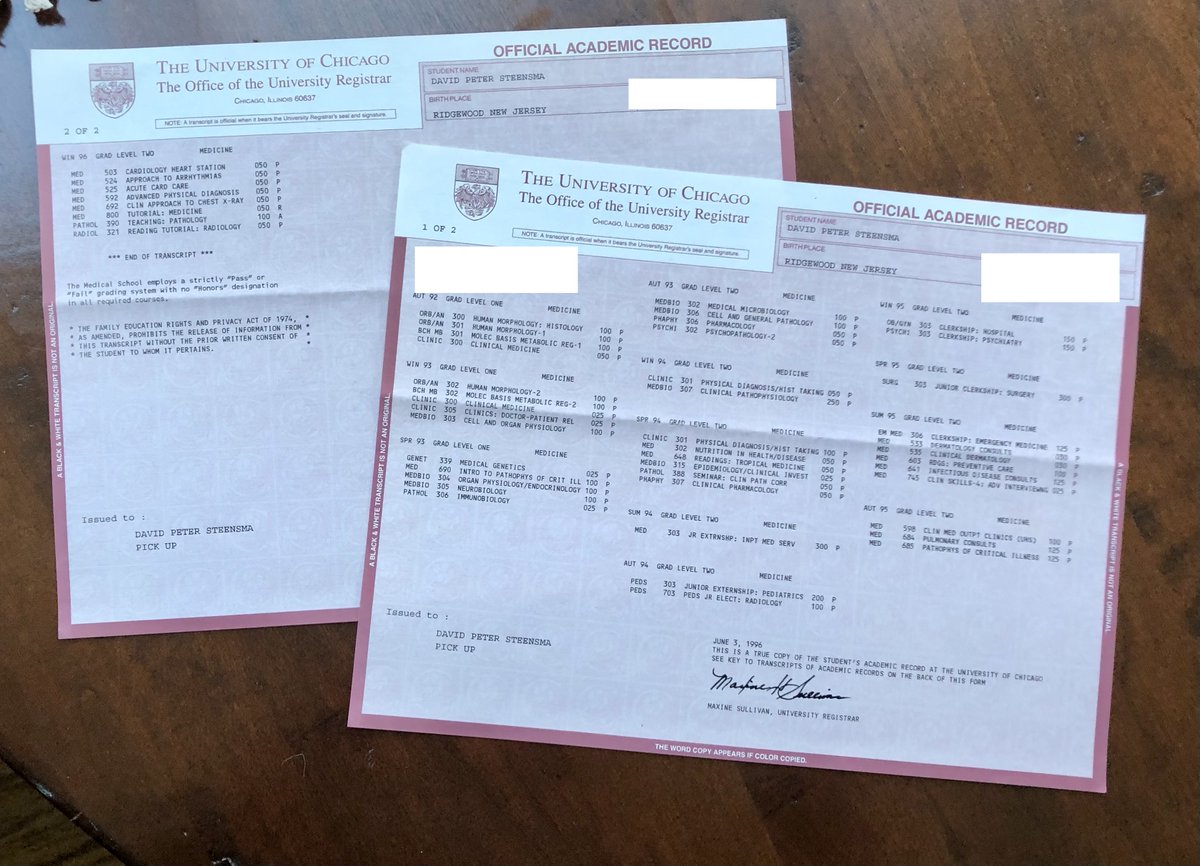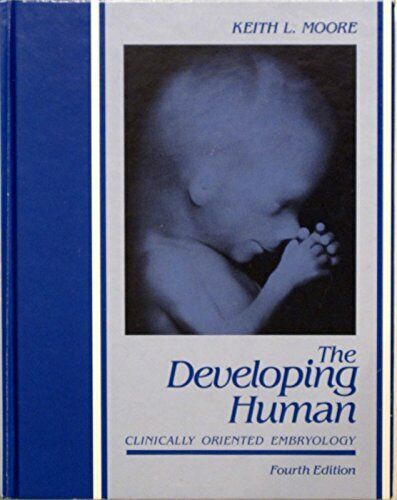@OpenAI #ChatGPT4 "hallucinations" remind me of a now-amusing event from way back in Grade 3 when I was 7, involving the last time I knowingly confabulated. I was assigned to write a report about airplanes.✈️ One thing I already knew about airplanes: they were expensive! (1/12) 

According to my parents, the high cost of airplane tickets was why our family always drove the tedious 800+ miles from our NYC suburban home to see relatives in Michigan at Christmas🎄If 4 airplane *tickets* were expensive, I reasoned an *entire airplane* must be hugely costly. 

I found lots of good airplane info, which went into that report. But couldn't find ANYTHING about cost. I looked everywhere a kid could look in the 1970s: encyclopedias, school books, library books. Nothing. Desperate, I made up a plausible number 😲 and added it to the report. 

Something about that number, which seemed so plausible to me - perhaps because it started with 199 trillion dollars, and had lots of trailing 8s & 7s - invited skepticism from my teacher. She thought it was invented! (Shrewd at spotting data falsification, like @MicrobiomDigest ) 

When the reports were handed back after grading, I had no grade, only a circle around the $199 trillion number and the dreaded red "See me after class" mark. So I stayed behind to be interrogated during recess. 

To my embarrassment 40 years later, I recall that initially I (half-heartedly) claimed I'd encountered this $199 trillion cost number in an older encyclopedia, - one that the school didn't have - and suggested that might be why it was so surprising to her. She remained skeptical. 

She said my report was otherwise well written but because of lingering questions about the validity of that one data point, she couldn't hang my report on the big bulletin board in front of the classroom where the best work went. To that point my work had *always* gotten hung up. 

This was devastating, like the pediatric equivalent of a scientific/medical journal rejection.😢 I was in tears, and offered to retract this one controversial data point if I could just have the report hung up on the big blue board. But it was too late; the damage had been done. 

She gave me a lecture on honesty which I never forgot. She even mentioned George Washington and the cherry tree. In hindsight, countering dishonesty with a myth about a Founding Father was problematic, but we'll give her the benefit of the doubt that her intentions were good. 

She then handed the report back to me and said I could instead write something *truthful* about trains to make up for it. This was an act of mercy, because she knew I really liked trains. So I wrote that report with passion and zeal - and it got hung up on the big blue board. 

So I asked #ChatGPT who I am (I know, I know😉) and here is the response. Paragraph 1: Bogus. For the record, I've never worked in Medical Affairs & was at @DanaFarber / @harvardmed 2009-2020. (It also thinks my terrific solid tumor compatriot Alice Shaw works at another company) 

Where does AI get this stuff?! 🙃 This week's @NEJM has articles about use of AI in health care, which is so promising, and
https://twitter.com/Ar_Haghighi/status/1639097066285842432there's even a new journal from NEJM on AI. But hallucinations need to get sorted before it is ready for real time. /End
@threadreaderapp unroll
• • •
Missing some Tweet in this thread? You can try to
force a refresh


































